Interim Period - 1918-1938
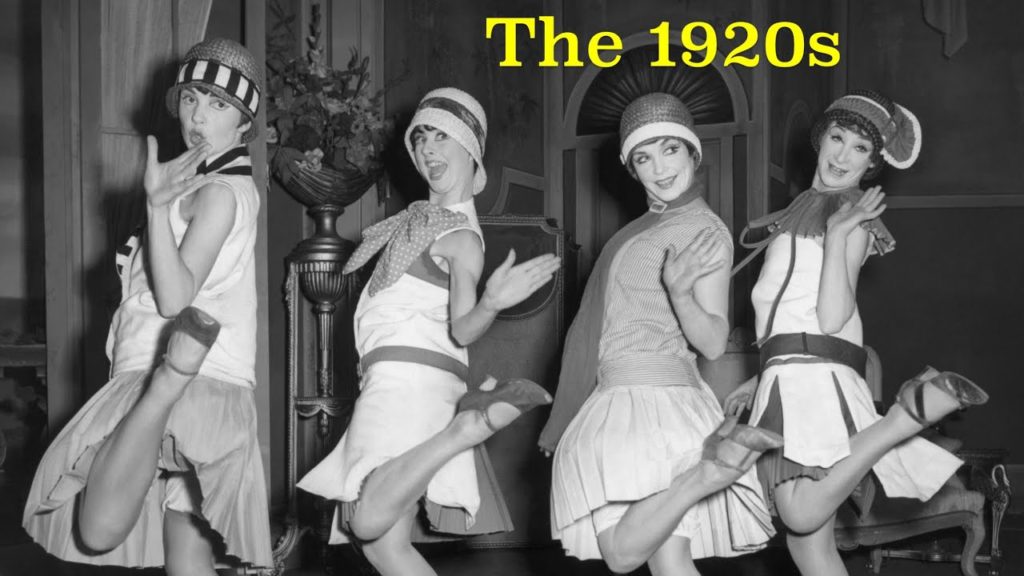
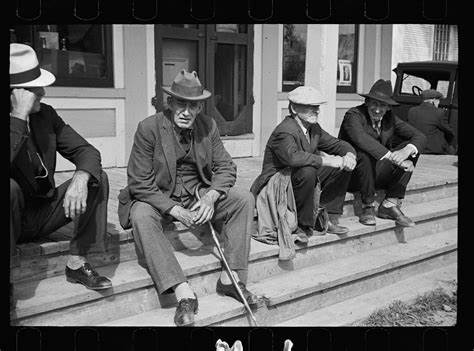
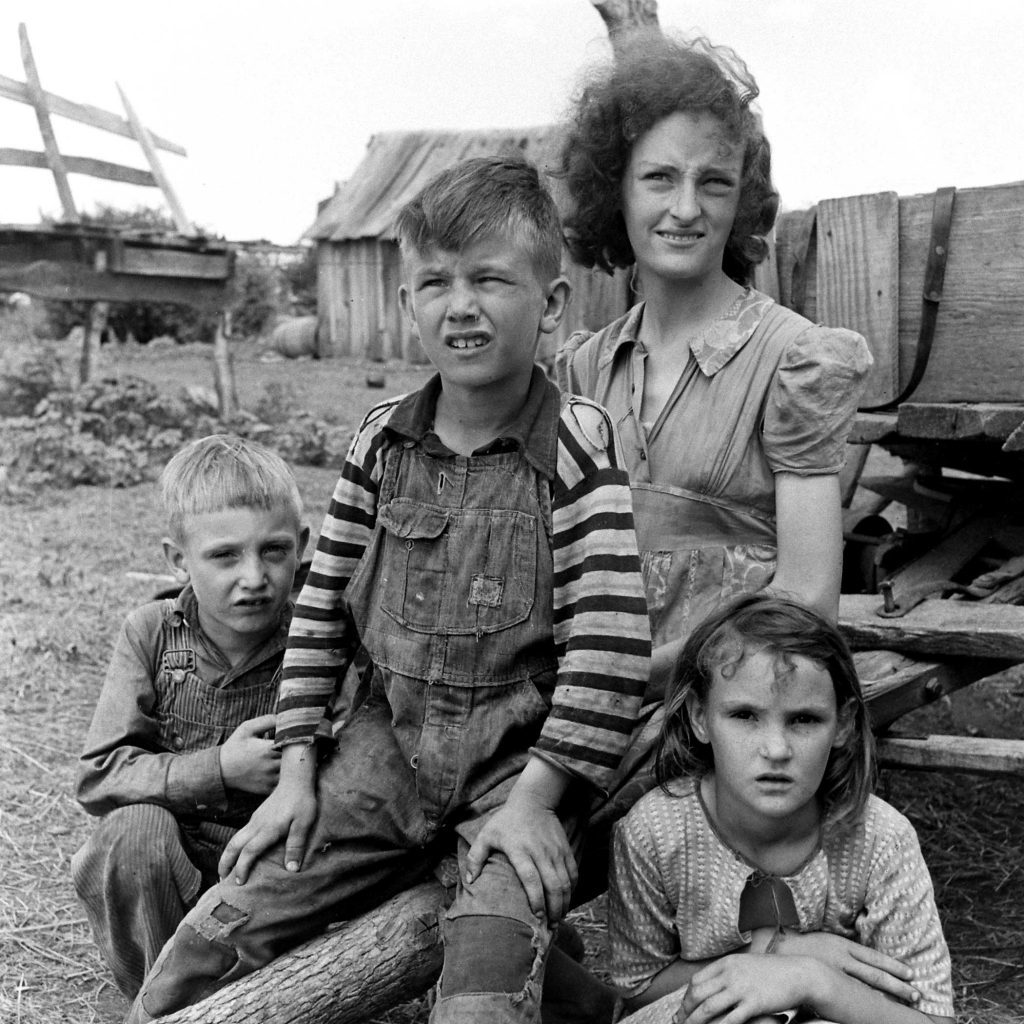
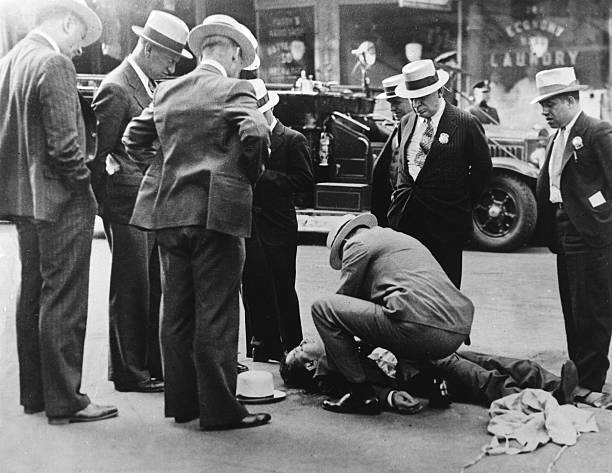
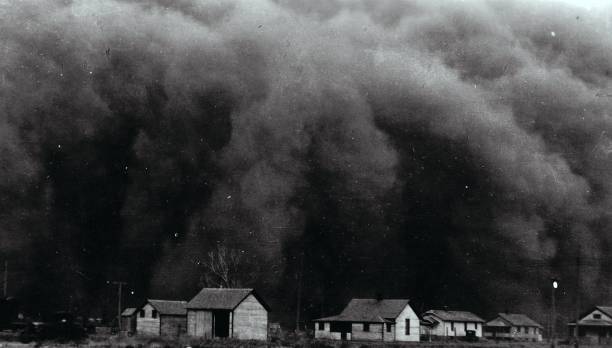
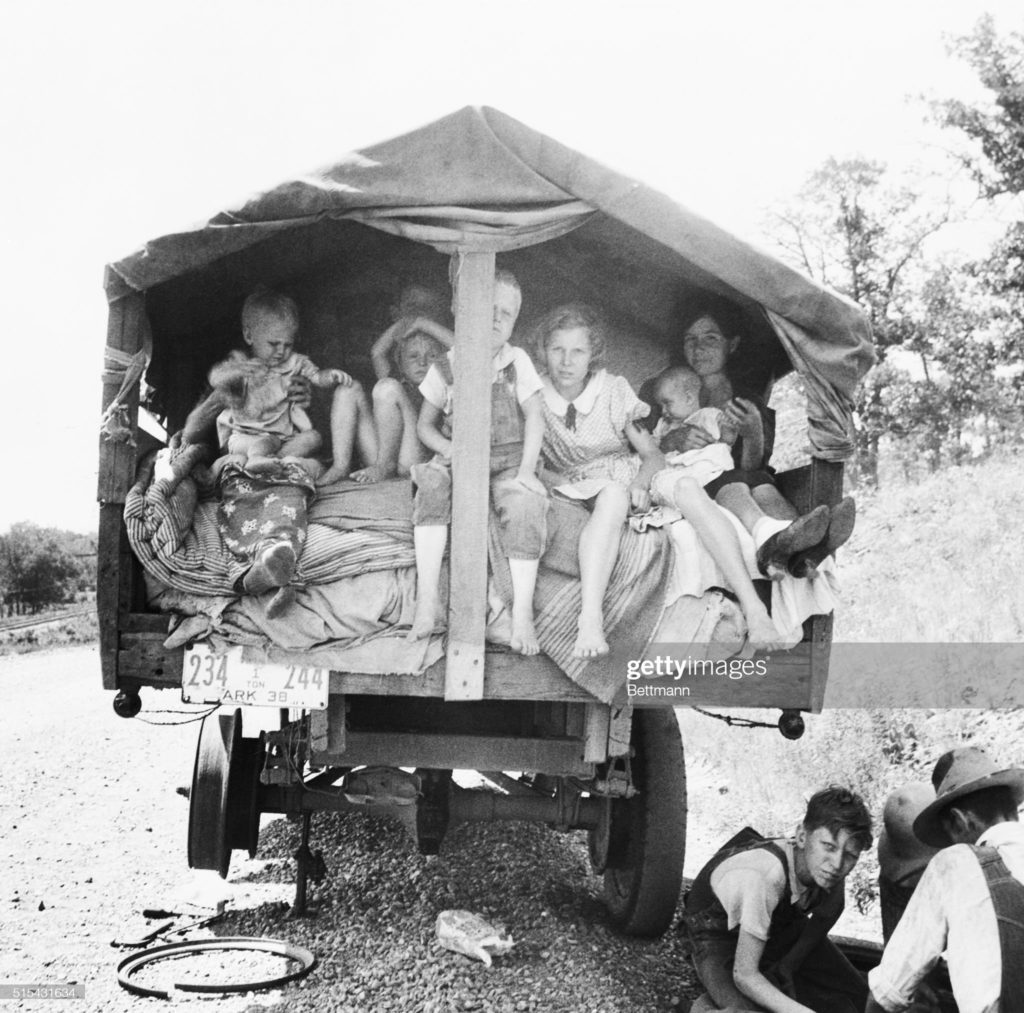
Author: Robert W. Penry @ 2023
The Great War had ended! But at what cost? Besides the loss of life and the many thousands of men left crippled from war wounds, from artillery and gas, the world had suffered economically. The loss of merchant ships and merchandise bound for Europe to support the conflict left many nations in debt. The war crippled the economy of all those nations involved. Because of this, there was tremendous war debt. Who should pay for the war?
Even though Serbia and Austria were instrumental in the start of the war, the Austria-Hungarian empire was crumbling. Multiple countries would emerge. Since Germany became the major belligerent power, the allies felt that Germany should be the primary one to pay for the war debts. Britain and America were looking for reconciliation. France was looking for revenge.
The Treaty of Versailles was a peace treaty signed on 28 Jun 1919 to officially end World War I. It took six months of negotiations to draft the treaty. The “Big Four” who led the Paris Peace Conference were Lloyd George of Britain, Vittorio Emanuel of Italy, Georges Clemenceau of France, and Woodrow Wilson from the U.S. Germany was not allowed to participate and was forced to sign the results. The United States never ratified the treaty. We were opposed to the harsh treatment of Germany. It was a huge document and Article 231 called the War Guilt clause required Germany to give up territories, to disarm and to pay reparations to many of the allied countries. The amount in 2023 dollars would be $442 billion! Economists said the reparations were excessive and counter-productive. The U.S. never actively pursued the payments. But France felt that they were too lenient. Again France wanted revenge, not reconciliation. Other treaties and in the U.S. the Dawes Act eventually and by 1932, reparations were indefinitely postponed. The reparations caused economic collapse of Germany and the resentment empowered the rise of the Nazi Party and eventually World War II. Information drawn from the U.S. Department of State Archive.
Following World War 1, the world saw major changes. Boundaries of nations changed. New nations were formed, Control of both sea and land areas including islands changed hands. Technology changes were rapid. These changes greatly influenced both the start and the conduct of the Second World War. Forms of governing also changed.
Before and during World War 1, most European nations still had hereditary rulers, Kings and Princes. Russia with its Czar. Germany with its Kaiser. The Austrian Hungarian or Hapsburg Empire split into two regions, each with its own parliament but with a single Emperor. There were constitutional monarchies and republics. After World War 1, many nations rebelled and wanted democratic societies. New nations emerged (or in some cases reemerged) from the Austria-Hungarian Empire – Poland, Czechoslovakia, Ukraine, Hungary, Austria, Slovenia, Croatia, Yugoslavia, and Romania. Alsace-Lorraine returned to France. Republic of Ireland was formed. Russia gave up claims to Estonia, Finland, Latvia, Lithuania, and part of Poland, and Armenia became a country. Australia gained control of New Guinea, Nauru and the Bismark Archipelago. Japan gained control of most islands of the South Pacific. Belgium gained Germany’s African territories. The old Ottoman Empire (Turkey) gave up land which became Saudi Arabia and Yemen.
Technology changes made major changes in the ability to fight war. Airplanes changed from bi-and tri-winged to single-winged and plane engines become more and more powerful allowing for much longer range and greater speed and also the ability to carry more armament and bomb loads. Ships became more sophisticated, faster and changed from coal to oil. Like planes, ships became faster and their range increased. Ships’ guns became larger and longer-ranged. Radar and the Norton Bomb Site were invented. On the ground tanks were larger and faster. New types of artillery and machine guns were developed. Rifles and handguns also became longer-ranged and more accurate. Better ammunition was developed.
In the U.S., a war began against liquor. 1920 began the Prohibition Era. Unfortunately, this brought about an illegal trade in alcohol and the rise of an underworld of gangsters. The mob ran the big cities, especially New York, Chicago, Boston, Philadelphia, Baltimore and Cleveland. Gangs opened illegal clubs and murders were commonplace. However, the public romanticized criminals such as Al Capone, John Dillinger and Bonnie and Clyde. The gangs were often formed along ethnic lines, in particular Italian and Irish. The Italian Mafia from Sicily arose in the U.S. The Irish Mob, also known as the Irish Mafia, formed neighborhood gangs both in the U.S. and Canada. (Information extracted from Wikipedia articles).
The U.S. also suffered economic collapse, human despair, poverty, and the “Great Depression”. Speculation in the stock market eventually caused a collapse on 24 Oct 1929 which spread world-wide. Unemployment soared, crop prices fell, factories closed, and consumer spending ground to a halt. To make things even worse, droughts in 1934, 1936, and 1939-40, caused both the Canadian and U.S. prairies to dry up and created massive dust storms. This period was called the “Dust Bowl.” The problem had been caused by improper farming practices, especially deep-plowing which caused the soil to be exposed to the wind. This, coupled with insufficient rainfall, caused dust clouds so severe that they blackened the sky. The dust blew all the way to the Atlantic coast! The visibility in the mid-west was often just 3 feet. 100 million acres were lost, especially in the Texas and Oklahoma panhandle
Unfortunately, thesechanges also made it easier for countries to become more and more belligerent. Nations wanted more territory and wanted to settle old scores. The world was ripe for warfare and that brings us to the next section – WWII.
All of the images on this page are GettyImages.
Interim Period Wikipedia Links